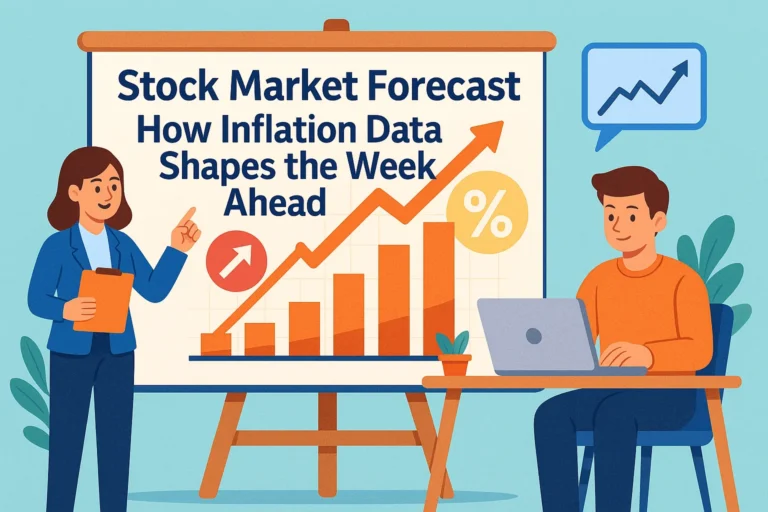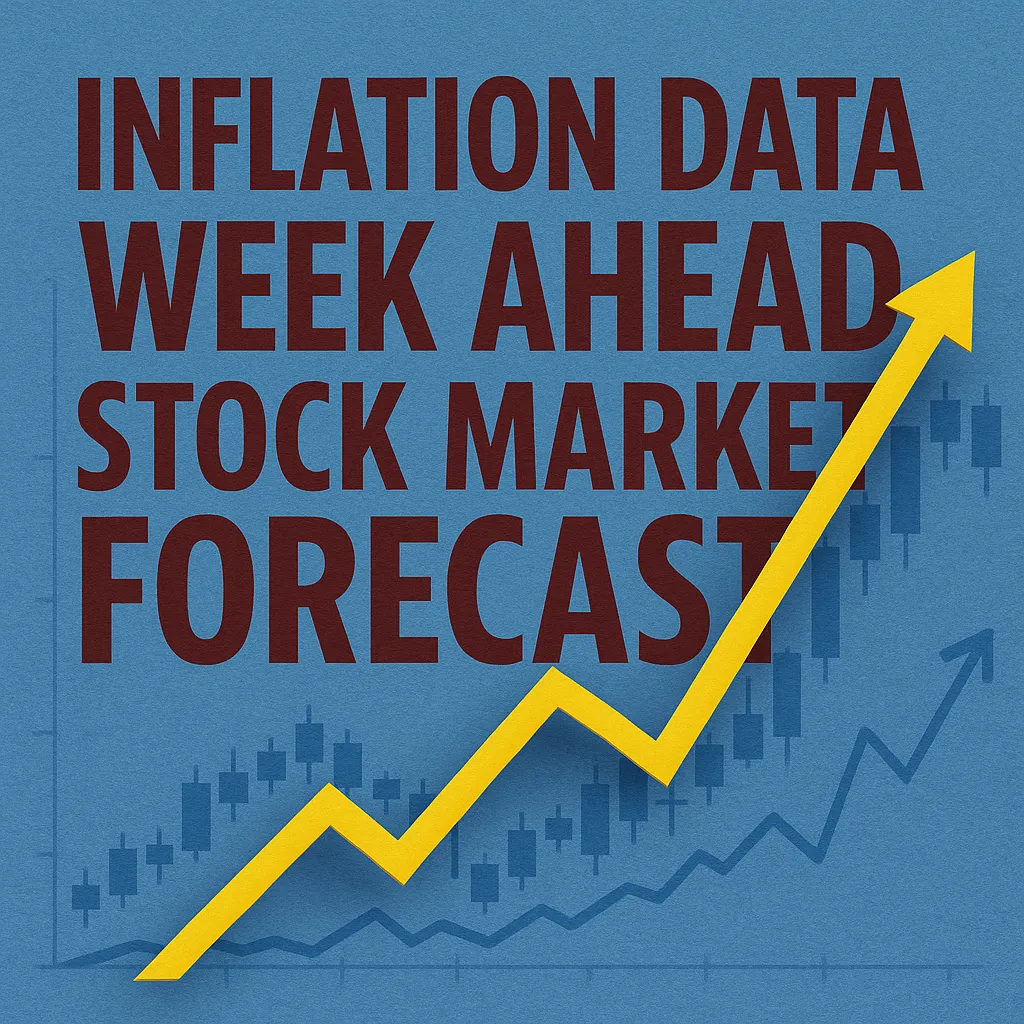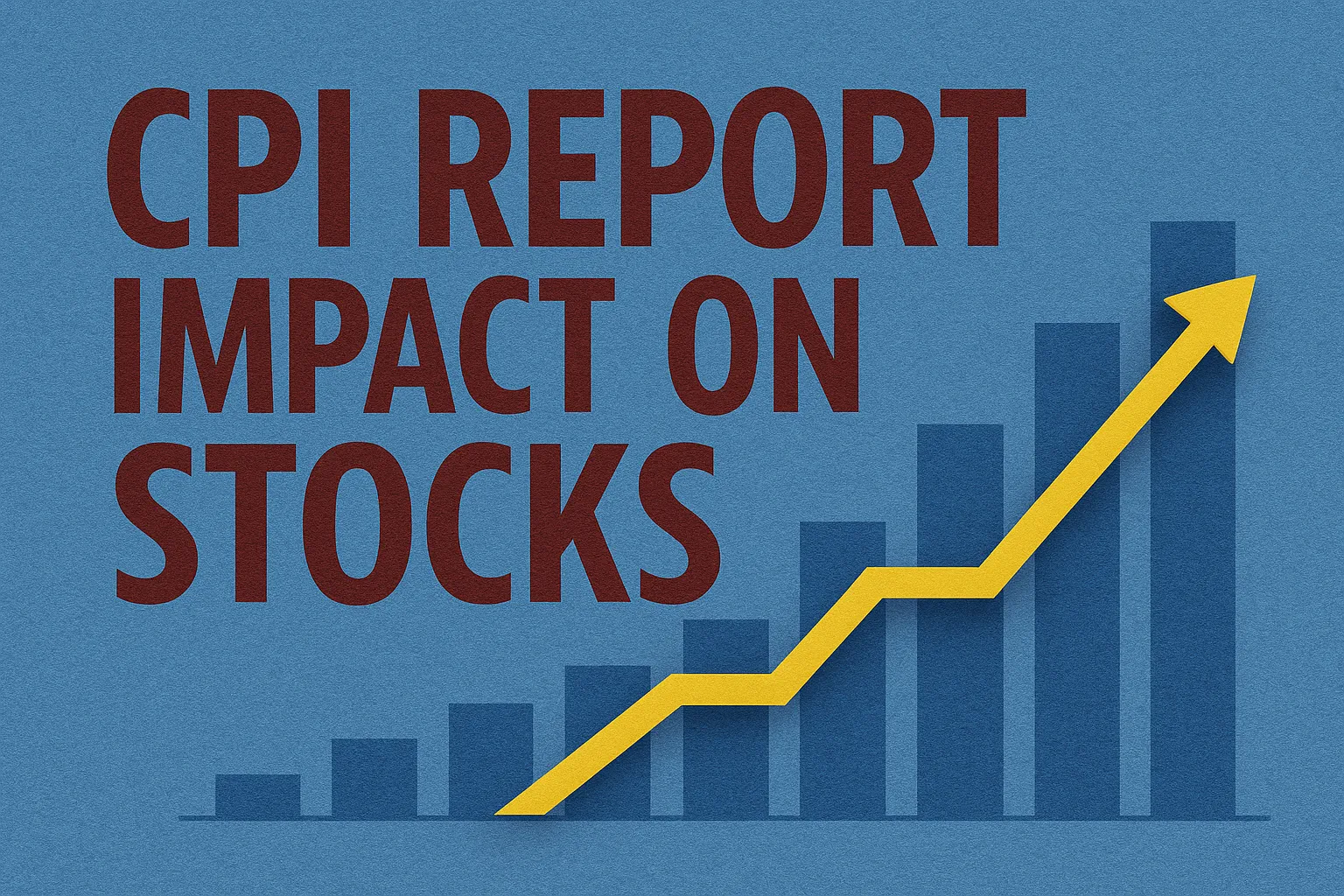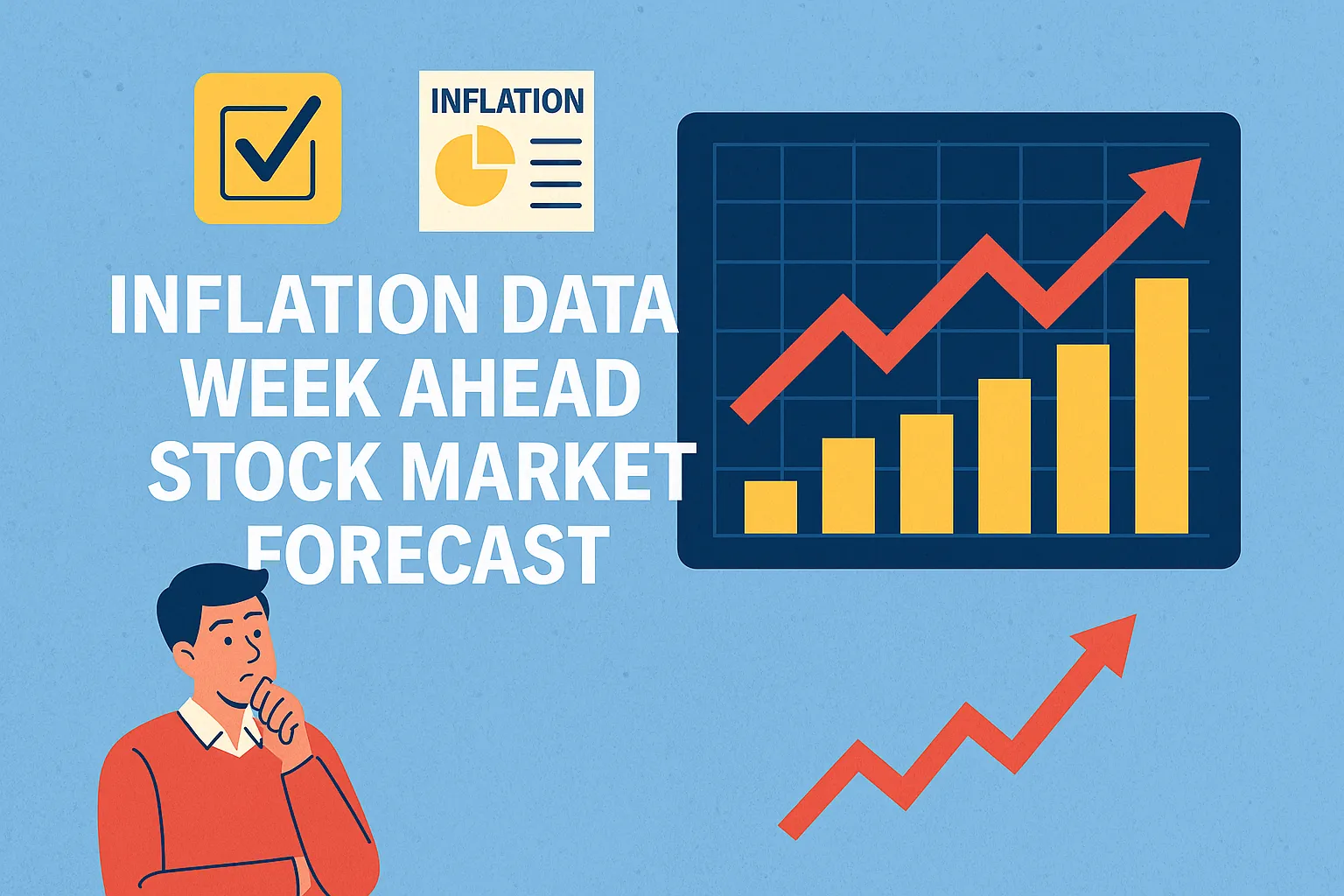Every Monday, traders recalibrate expectations around the economic calendar—and few releases move markets like inflation. Whether you trade indices, sectors, or single names, the inflation data week ahead stock market forecast hinges on how price pressures evolve and how policymakers might respond. Fresh readings ripple through rates, earnings assumptions, and risk appetite—often within minutes—so preparation is everything.
Why does inflation dominate weekly playbooks? Because it touches discount rates and margins at the same time. When consumer prices reaccelerate, bond yields can climb, pressuring duration-sensitive tech and quality growth; when disinflation resumes, multiples often expand and cyclicals can catch a bid. Add in the CPI report impact on stocks—from headline surprises to sticky core services—and you have a direct line from a government release to intraday volatility, sector rotations, and factor leadership.
Smart prep means translating inflation mechanics into positioning. That includes monitoring core goods vs. core services, shelter trends, supercore measures, and revisions that quietly shift the narrative after the initial spike fades. It also means respecting how inflation metrics and trading interact: traders don’t just react to prints—they trade expectations, nowcasts, and surprise indices relative to consensus. Into the print, options markets often price elevated implied volatility; after the print, skew and term structure can normalize quickly if the number lands near forecasts.
This guide maps a practical process for the week: what to track into the release, how to interpret the composition of the data in real time, and how to update stock forecasts based on inflation for the sessions that follow. You’ll get a clear checklist for pre-CPI positioning, a playbook for the first thirty minutes after the release, and a framework for reassessing sectors and styles once the dust settles—so you’re acting on signal, not noise.
Week-Ahead Setup: Calendar, Consensus, and Scenarios
Start by mapping the full inflation slate for the week—consumer prices first, then producer prices and any inflation expectations surveys—alongside major earnings, auctions, and Fed speakers. Write down the consensus, the distribution of estimates, and what would qualify as a “large surprise.” Into the print, consider how positioning and sentiment screens look: crowded longs in defensives, high beta strength, or a recent rally in duration plays each change how the same number travels through markets. This context sharpens your inflation data week ahead stock market forecast and avoids one-size-fits-all reactions.



